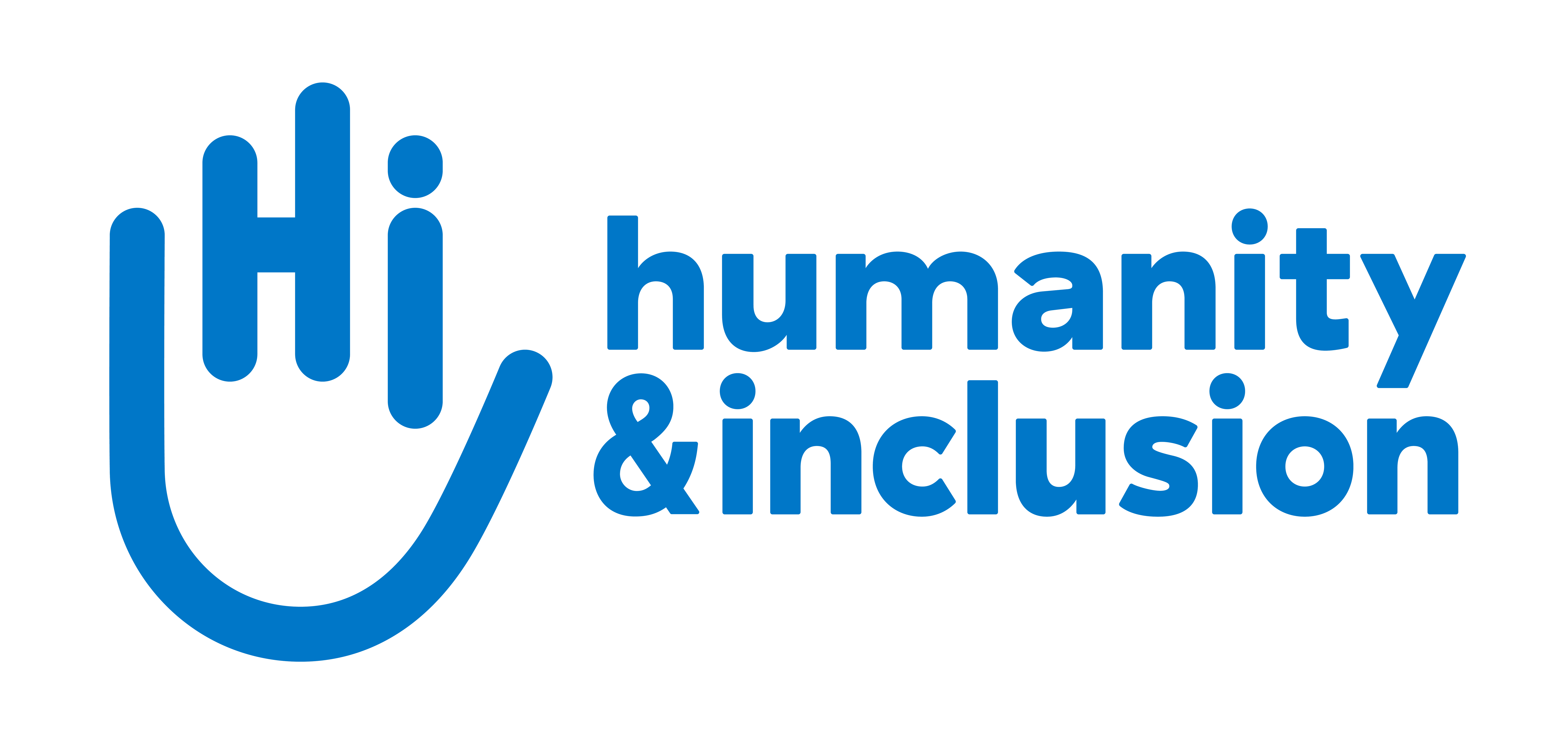South Sudan: HI’s emergency mobile teams assist displaced people
Humanity & Inclusion (HI) has deployed emergency mobile teams to provide rehabilitation and psychosocial support to vulnerable displaced people in conflict-affected areas.

This woman is receiving rehabilitation sessions and psychosocial support from HI emergency teams. | © Dieter Telemans /HI
Since 2013, the crisis in South Sudan has forced millions of people to flee their homes. Several thousand South Sudanese caught between fighting and famine have fled the country, while 1,900,000 internally displaced people have taken refuge in camps around Juba, the capital, and in more isolated regions of the country. Most are women, children or older people, including people with disabilities.
HI has deployed emergency mobile teams to assist the most vulnerable individuals. They provide rehabilitation and psychosocial support to people in conflict-affected areas. The teams consist of specialists who provide technical and material support to rehabilitation centres in remote and isolated areas and directly care for people with disabilities by providing them with rehabilitation and orthopaedic-fitting sessions.
Many people are currently waiting to be orthopaedically fitted or to receive a mobility aid
Steven Lavour, a rehabilitation health worker, is a member of the Juba mobile team. He is providing support to Isaac Ramadan, a physiotherapist from the rehabilitation centre in the city of Yei. He is also responsible for supplying the centre with mobility aids.
“A lot of people in Yei need wheelchairs, crutches and prostheses. Unfortunately, we cannot keep up with the rapidly growing demand. Many people are currently waiting to be orthopaedically fitted or to receive a mobility aid,” explains Steven. “People who have fled the Yei region during the crisis are now returning. The challenge for HI will be to respond to this rise in demand. It will be several months before we receive and distribute the orthopaedic devices, which are being made in Kenya.”
In fact, for several months, hope has returned to the South Sudanese as the peace agreement signed in September 2018 begins to take effect, with a de-escalation in tensions and a reduction in conflicts. Displaced people and refugees in the camps are planning to return to their villages or have already begun to do so.
HI’s mobile teams have also set up discussion groups for members of the community in order to assess their needs, along with information sessions on disability prevention measures and community-based rehabilitation.
The mobile teams are funded by the Directorate-General for European Civil Protection and Humanitarian Aid Operations (ECHO) and by the French Crisis and Support Centre (CDCS).





